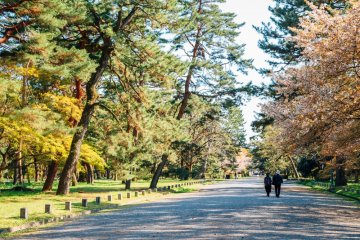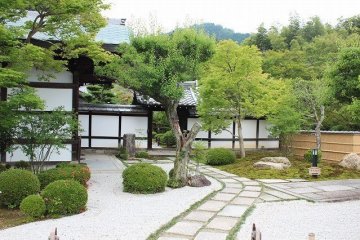Cultura
Located in the heart of the city, Kyoto Gyoen National Garden is a natural oasis perfect for escaping the busyness of urban life. This vast green space surrounds the Kyoto Imperial Palace and Kyoto Sento Imperial Palace and was designated as a national garden in 1949.
The garden is open all day, everyday, and free to enter. Enjoy the beautifully landscaped trails and seasonal flowers, such as cherry blossoms, wisterias, plums, and lilies, or bring a blanket and have a picnic on the lush grass. Given the garden’s abundance of nature, it is a popular place for tourists and residents alike and is always filled with joggers, dog walkers, picnickers, and cyclists. The greenspace also has athletic facilities.
Aside from its natural beauty, the garden is also home to numerous historical and traditional buildings. Of course, the garden’s most treasured structure is the Kyoto Imperial Palace. The imperial palace was home to Japan’s emperors until the Meiji Restoration, when Japan’s capital moved from Kyoto to Tokyo. Today, the campus offers us a glimpse into the past with its historic halls, traditional designs, opulent decor, vermillion accents, residences, and more. You can visit the palace year-round.
The Kyoto Sento Imperial Palace, which served as the palace for former emperors, is also available to tour. Apply for tickets online in advance or obtain walk-in tickets (please note that walk-in tickets are limited). The tour features an hour-long stroll through the palace’s immaculate gardens.
Kyoto Gyoen is also the site of Shu Sui Tei Teahouse where you can experience tea ceremonies for 100 yen per person, the Kaninnomiya Residence, and numerous smaller shrines.
Go on a leisurely walk and enjoy the combination of idyllic nature and historic learning.
Kioto
A 1.8 km



/135.77275514603,35.038043330604,9/397x132?access_token=pk.eyJ1IjoiamFwYW50cmF2ZWxtYXBzIiwiYSI6ImNqbXBtOXYxbDB5Z3ozbHFrazJuYWMwOGYifQ.v15fy_mcFWtgopmz8PhwqA)

